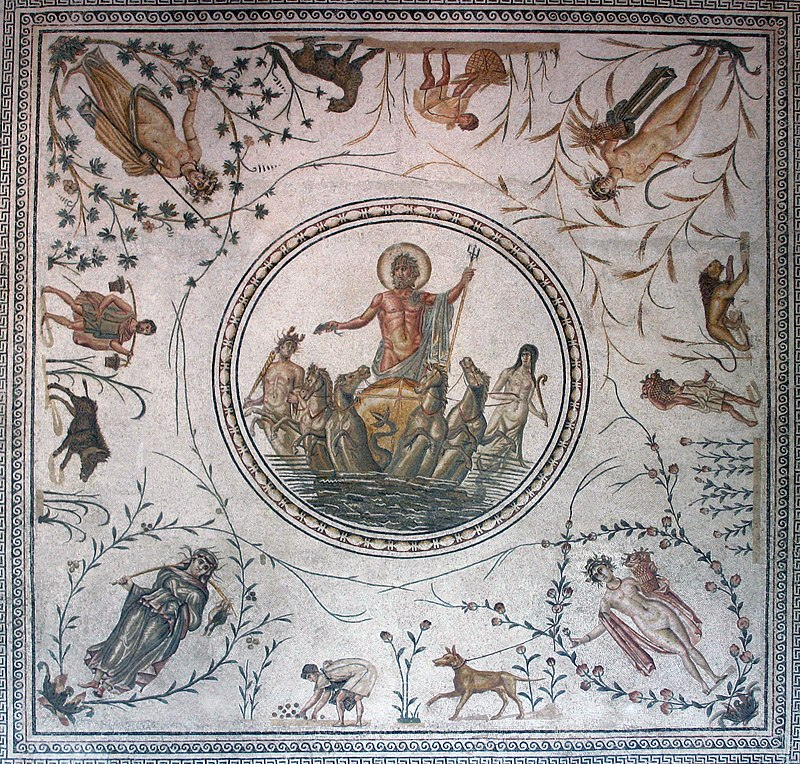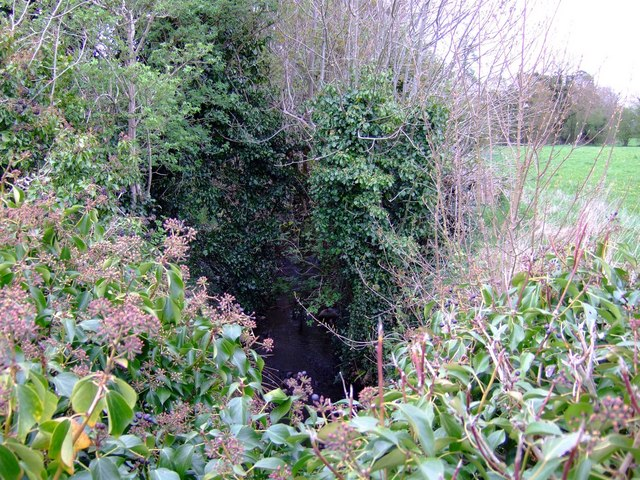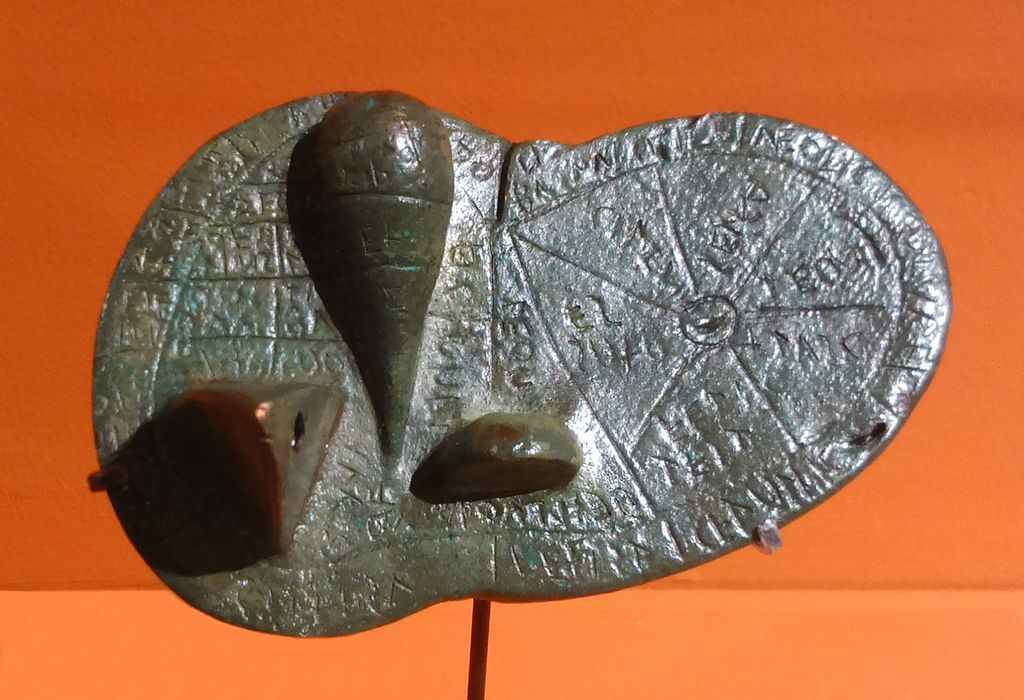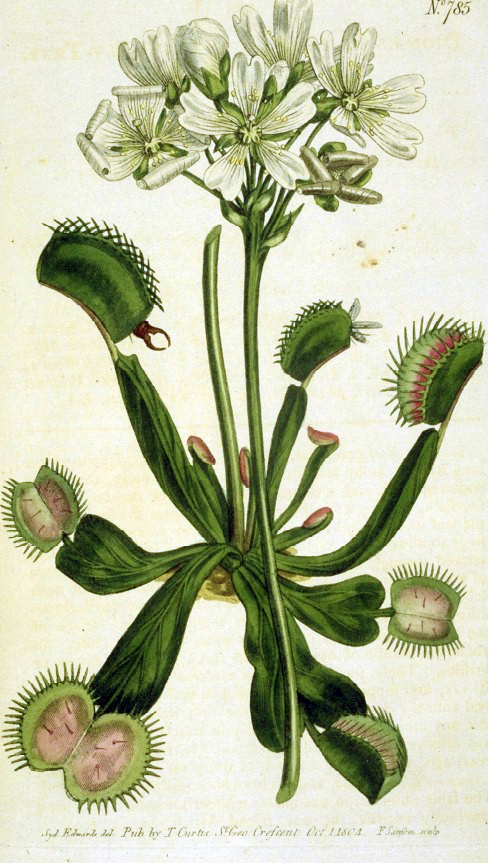Category: Planets
-

Gorget, from the French gorge meaning throat
A gorget, from the French gorge meaning throat, was a band of linen wrapped around a woman’s neck and head in the medieval period or the lower part of a simple chaperon hood. The term later described a steel or leather collar to protect the throat, a set of pieces of plate armour, or a single piece of plate armour hanging from the neck and covering the throat and chest. Later, particularly from…
-

Pterion and Pteron Notes
The pterion is the region where the frontal, parietal, temporal, and sphenoid bones join. It is located on the side of the skull, just behind the temple. Structure The pterion is located in the temporal fossa, approximately 2.6 cm behind and 1.3 cm above the posterolateral margin of the frontozygomatic suture. It is the junction between four bones: These bones are typically joined by five cranial sutures: Clinical significance Haematoma…
-

Rubia tinctorum aka rose madder, common madder, dyer’s madder
Rubia tinctorum, the rose madder or common madder or dyer’s madder, is a herbaceous perennial plant species belonging to the bedstraw and coffee family Rubiacea. Description The common madder can grow up to 1.5 m in height. The evergreen leaves are approximately 5–10 cm long and 2–3 cm broad, produced in whorls of 4–7 starlike around the central stem. It climbs with tiny hooks at the leaves and stems. The flowers are small…
-

Black snake (firework)
“Black snake” is a term that can refer to two similar types of fireworks: the Pharaoh’s snake and the sugar snake. The “Pharaoh’s snake” or “Pharaoh’s serpent” is the original version of the black snake experiment. It produces a more impressive snake, but its execution depends upon mercury (II) thiocyanate, which is no longer in common use due…
-

Mummified wood
Mummified wood are fossils of wood that have not permineralized. They are formed when trees are buried rapidly in dry cold or hot environments. They are valued in paleobotany because they retain original cells and tissues capable of being examined with the same techniques used with extant plants in dendrology. The most important conditions required for mummification are…
-
Bezoardicum (bezoar of) is a term used in alchemy and other practices
Bezoardicum (bezoar of) is a term applied to multiple substances used in alchemy and other practices. Bezoardicum joviale, or bezoar of Jupiter, is a regulus made by melting three ounces of regulus of antimony and two of block tin. This is then powdered and mixed with six ounces of corrosive sublimate, and distilled off in a kind of butter. It is then dissolved in spirit of…
-

Neptune
Neptune (Neptūnus) is the god of freshwater and the sea in Roman religion. He is the counterpart of the Greek god Poseidon. In the Greek tradition, he is a brother of Jupiter and Pluto; the brothers preside over the realms of heaven, the earthly world (including the underworld), and the seas. Salacia is his wife. Depictions of Neptune in Roman mosaics, especially those in North Africa, were influenced by Hellenistic conventions. He was likely associated…
-

Nechtan
Nechtan is a figure in Irish mythology who is associated with a spring marking the source of the River Boyne, known as Nechtan’s Well or the Well of Wisdom. He was the husband of Boann, eponymous goddess of the Boyne. Nechtan is believed to be another name for Nuada. Etymology According to Georges Dumézil the name Nechtan is perhaps cognate with that of the Romano-British god Nodens or the Roman god called Neptunus and the…
-

Adam Napat (and Nethuns)
Apam Napat is a deity in the Indo-Iranian pantheon associated with water. His names in the Vedas, Apām Napāt, and in Zoroastrianism, Apąm Napāt, mean “child of the waters” in Sanskrit and Avestan respectively. Napāt (“grandson”, “progeny”) is cognate with Latin nepos and English nephew.[a] In the Rig Veda, he is described as the creator of all things. In the Vedas it is often apparent that Apām Napāt is being used as a title, not a proper name. This is…
-

Venus flytrap
The Venus flytrap (Dionaea muscipula) is a carnivorous plant native to subtropical wetlands on the East Coast of the United States in North Carolina and South Carolina. It catches its prey—chiefly insects and arachnids—with a trapping structure formed by the terminal portion of each of the plant’s leaves, which is triggered by tiny hairs (called “trigger hairs” or “sensitive hairs”) on their inner surfaces. When an insect or spider crawling along…
-

1911 Encyclopædia Britannica/Limonite
LIMONITE, or Brown Iron Ore, a natural ferric hydrate named from the Gr. λειμών (meadow), in allusion to its occurrence as “bog-ore” in meadows and marshes. It is never crystallized, but may have a fibrous or microcrystalline structure, and commonly occurs in concretionary forms or in compact and earthy masses; sometimes mammillated (covered with rounded mounds or lump, nipples or small protuberances),…
-

Transportation
Penal transportation or transportation was the relocation of convicted criminals, or other persons regarded as undesirable, to a distant place, often a colony, for a specified term; later, specifically established penal colonies became their destination. While the prisoners may have been released once the sentences were served, they generally did not have the resources to return home. Origin and implementation Banishment or forced exile from a polity or…
Recent Posts
- 🧬 Disease Table with Low Sodium Connection
- 🧂 Sodium Reduction and Sodium Replacement: A History of Reformulation and Exploding Diseases, Including Many Diseases Unheard of Before Deadly Sodium Policies
- 🧂 The DEADLY 1500 mg Sodium Recommendation predates the WHO’s formal global sodium reduction push by nearly a decade (and it’s even worse than that)
- 🧬 What Is Beta-Glucuronidase?
- When Sugar Was Salt: Crystalline Confusion and the Covenant of Sweetness
Tags
ADAM ASPARTAME Birds Blood Bones Brain Bugs Cancer Columba Cows crystallography Death Death cults Eggs Etymology Gastrin Gold Growth hormone History Hormones Insulin Liver Mere Perplexity Metal Monkey Business Mythology Paracetamol Plants Poison Pregnancy Protein Religion Reproduction Rocks Salt Slavery Snakes Sodium the birds and the bees Thiocyanate Tobacco Tylenol Underworld Venom zinc